Self-guided Sightseeing Tour #4 in Salamanca, Spain
Legend
Guided Free Walking Tours
Book free guided walking tours in Salamanca.
Guided Sightseeing Tours
Book guided sightseeing tours and activities in Salamanca.
Tour Facts
5.4 km
156 m
Experience Salamanca in Spain in a whole new way with our free self-guided sightseeing tour. This site not only offers you practical information and insider tips, but also a rich variety of activities and sights you shouldn't miss. Whether you love art and culture, want to explore historical sites or simply want to experience the vibrant atmosphere of a lively city - you'll find everything you need for your personal adventure here.
Activities in SalamancaIndividual Sights in SalamancaSight 1: Puente Romano
The Roman bridge of Salamanca, also known as Puente Mayor del Tormes, is a Roman bridge crossing the Tormes River on the banks of the city of Salamanca, in Castile and León, Spain. The importance of the bridge as a symbol of the city can be seen in the first quartering of city's coat of arms. It has been known traditionally as puente mayor and as puente prinçipal which gives access to the southern part of the city. The bridge as it currently appears is a result of several restorations. One of the disasters that most affected it was the Flood of San Policarpo on the night of 26 January 1626. It was declared Artistic Historic Monument on 3 June 1931, and Bien de Interés Cultural in 1998. Until the beginning of 20th century it carried the main road into the city, and continued to bear heavy traffic until 1973. Since the construction of a third bridge for road traffic it remains exclusive for pedestrians.
Sight 2: Toro-verraco ibérico
The verraco of the bridge in Salamanca, Spain, is an Iron Age stone statue depicting a bull, placed at the entrance of the Roman bridge. Verraco is a general term that refers to the stone statues of animals made by the Vettones, one of the pre-Roman peoples of the Iberian Peninsula. In Spanish the word verraco means "breeding pig", but other animals such as bulls and bears were also represented.
Sight 3: Museo de Art Déco y Art Nouveau Casa Lis
The Museum of Art Nouveau and Art Deco of Salamanca, in Casa Lis, is a museum that houses a collection of furniture and objects representative of the decorative arts. It was inaugurated in the spring of 1995 with funds from the donation that the collector Manuel Ramos Andrade made to the city.
Sight 4: El Cielo de Salamanca
The Sky of Salamanca (El Cielo de Salamanca) is a mural painting attributed to Fernando Gallego that corresponds to the third part of the decoration of the vault of the old Library of the Major Schools of the University of Salamanca. The original vault was painted in the 1480s and occupied the upper part of the current chapel of San Jerónimo. In the middle of the 18th century, the height of the nave used for the chapel was increased, leaving the painting hidden in a chamber of about four meters between the roof of the building and the new vault of the chapel. In these works, the other two thirds of the old vault in which the painting was located collapsed. In 1901 they were rediscovered by Professor García Boiza. In the 1950s the paintings were removed from the original vault, transferred to canvas and moved to their current location (University Museum in the Minor Schools) for contemplation.
Sight 5: Fachada de la Universidad de Salamanca
The façade of the University of Salamanca dates from 1529 and belongs to the Plateresque style, which was developed in the first 30 years of the sixteenth century. It is characterized by a meticulous and abundant decoration. For many, this façade is the masterpiece of Spanish Plateresque.
Sight 6: Casa-Museo de Miguel de Unamuno
The Unamuno house-museum is a house located in the historic center of the city of Salamanca (Spain). It is a house belonging to the University built since the eighteenth century and dedicated to the Rectory House during its mandate. It is known for having been the place where Miguel de Unamuno lived when he was Rector of the University of Salamanca for the first time. Since the fifties it has been a museum dedicated to the writer's life and stay in Salamanca (1900-1914). The Unamuno house-museum is part of the Archives and Libraries Service of the University of Salamanca.
Sight 7: Palacio Episcopal
The Episcopal Palace of Salamanca was the residence of the bishops of Salamanca (Spain) until 1964, and currently houses the Diocesan Museum of Sacred Art of Salamanca.
Sight 8: Catedral Nueva
The Catedral de la Asunción de la Virgen, popularly known as New Cathedral is, together with the Old Cathedral, one of the two cathedrals of Salamanca, Castile and León, Spain. It is the seat of the diocese of Salamanca. It was constructed between 1533 and 1733 mixing late Gothic, Plateresque and Baroque styles. It was commissioned by Ferdinand V of Castile. It is one of the largest cathedrals in Spain in size and its bell tower, at 92 meters high, is also one of the tallest.
Sight 9: Catedral Vieja
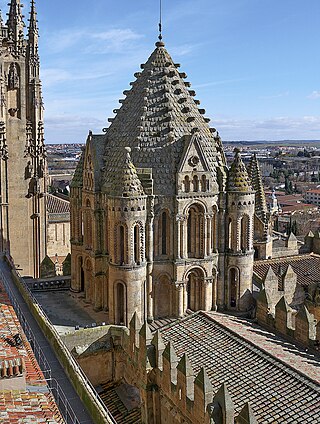
The Cathedral of Santa María, known as the Old Cathedral, is one of the two cathedrals in Salamanca, Castile and León, Spain. Founded by Bishop Jerome of Périgord, its construction began in the first third of the 12th century and was finished at the end of the 14th century, in Romanesque and Gothic style. It was finished thanks to the impulse given to the works by Bishop Alfonso Barasaque. It is dedicated to Saint Mary of the See.
Sight 10: Parque Huerto de Calixto y Melibea
The Huerto de Calixto y Melibea is a 2,500 square meter garden located in the old town of the city of Salamanca (Spain). It is so named because it is inspired by the famous garden of the tragicomedy of Fernando de Rojas, the Tragicomedy of Calisto and Melibea. It is located on the slope of the old wall of Salamanca at the foot of the River Tormes. It is currently a park that can be visited of a romantic nature because of the love story of the characters in love with the work of Fernando de Rojas: Calixto and Melibea. It was inaugurated on June 12, 1981.
Sight 11: Cueva de Salamanca
The Cave of Salamanca is a legendary enclave in the city of Salamanca (Spain) where, according to popular tradition, the Devil taught. This cave corresponds to what was the crypt of the now non-existent church of San Cebrián.
Sight 12: Ruinas de la Iglesia de San Polo
The church of San Polo was a religious temple that is currently in ruins. These ruins currently make up a public square and are partially integrated into a hotel. They are located southwest of the city of Salamanca in the vicinity of the Tormes River. It was located outside the walls, in the so-called Portogal neighbourhood in a position very close to the old Puerta de San Pablo, which has now disappeared. It was built in the twelfth century. A strong restoration of the church was carried out in the sixteenth century that maintained worship inside until the nineteenth century. The temple was abandoned at the end of the nineteenth century, the beginning of its ruinous state. The cult was moved to the Convent of San Esteban and later to the church of the Trinitarians, where it remains as the parish of San Pablo. At the beginning of the twenty-first century they are considered historical ruins.
Sight 13: Iglesia de las Bernardas

The old church of Las Bernardas is a Catholic temple in Salamanca, in Renaissance style by Rodrigo Gil de Hontañón.
Wikipedia: Antigua iglesia de las Bernardas (Salamanca) (ES)
Sight 14: Iglesia de Santo Tomás Cantuariense
The church of Santo Tomás Cantuariense is a twelfth-century Romanesque church located in the city of Salamanca (Spain).
Wikipedia: Iglesia de Santo Tomás Cantuariense (Salamanca) (ES)
Sight 15: Iglesia de San Cristóbal
The church of San Cristóbal is a Romanesque temple in the Spanish city of Salamanca.
Sight 16: Iglesia de Sancti Spiritus
Content in this edit is translated from the existing Spanish Wikipedia article at Iglesia de Sancti Spiritus (Salamanca); see its history for attribution.
Sight 17: Museo del Comercio y la Industria
The Museum of Commerce and Industry, in Salamanca (Spain), is a museum dedicated to recovering and preserving the memory of economic, industrial and mercantile activity, especially in the city and its province. The creation of the museum was promoted by the City Council of Salamanca and by the Official Chamber of Commerce and Industry of Salamanca, it was inaugurated in January 2006. Built in the old cisterns of solid brick pillars and vaults that have been carefully restored to house inventions and innovations that once solved the problems of manufacturers, sellers and consumers.
Sight 18: Domus Artium 2002 (DA2)
DA2 Domus Artium 2002 is a contemporary art centre located in the city of Salamanca (Spain) and inaugurated in April 2002 on the occasion of the European Capital of Culture. It is built on what was the old provincial prison, a building built in 1930 and renovated by the architect Horacio Fernández del Castillo as a museum space, preserving original elements such as the doors of the cells and the original iron grille.
Share
Disclaimer Please be aware of your surroundings and do not enter private property. We are not liable for any damages that occur during the tours.
GPX-Download For navigation apps and GPS devices you can download the tour as a GPX file.

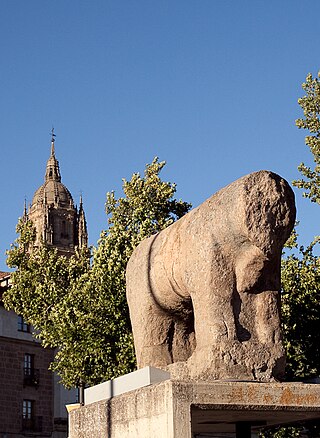
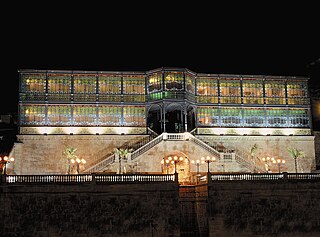

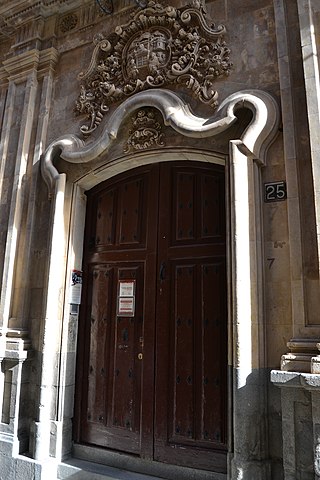
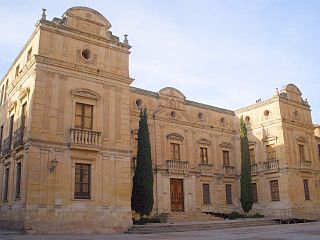
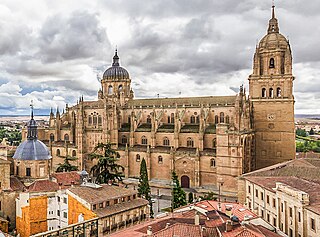
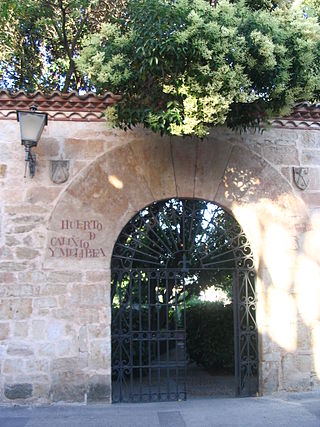
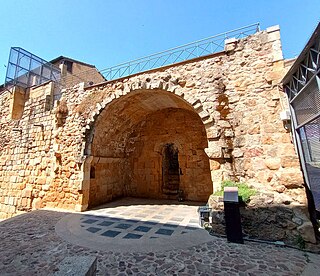
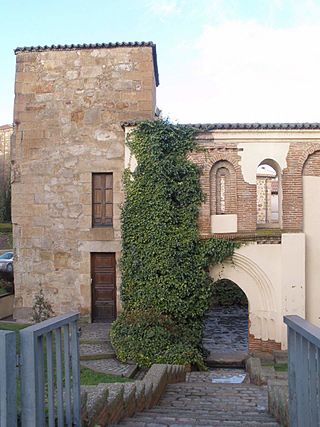
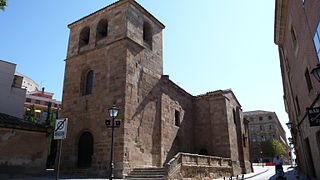
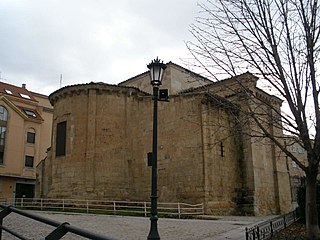
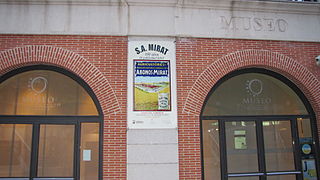
.jpg)